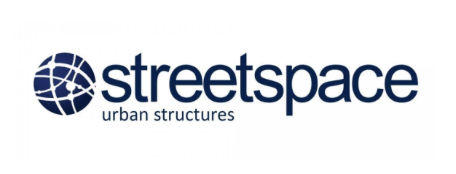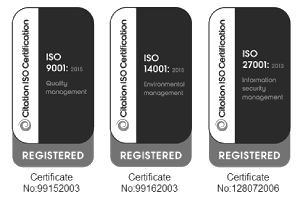Guide to going underground and where to start

If you agree that underground bins are the future for refuse collection in the UK, you will want to know what systems are available and where to get them from. There are in fact multiple suppliers, and a surprising number of different types of system to suit different locations and uses. From existing town centres to new housing developments, parks and sea fronts, there are URS options available. URS can be utilised in all domestic and commercial waste collection scenarios. Units can also incorporate litter disposal facilities to eliminate the need for separate street litter bins. In parks and other open spaces underground systems can replace litter bins to dramatically reduce the frequency and therefore, the cost of emptying. All options and configurations are represented on the APSE/Liverpool URS framework.
As well as the full array of URS units, the APSE/Liverpool URS framework also provides access to value adding technology, specialist collection vehicles and URS maintenance contracts, from the same framework as the bins. Many of the companies on the framework can supply the full package of bins, vehicles, technology and maintenance but users are free to pick and mix from the four different lots. The APSE/Liverpool URS framework is a genuine one stop shop for everything URS.
There are 3 generic types of underground refuse systems: fully underground crane lifted, fully underground hydraulic lifted and semi underground. In addition, all of the suppliers also offer a matching above ground units for situations where it is not feasible to install an underground system, for example where it is not possible to excavate. These can be emptied with the same vehicle as the underground units and fitted with the same technology e.g. fill sensors or access control systems.
What kind of systems are available and where can they be used?
|
|
Description |
Uses |
Constraints |
Availability on Liverpool/APSE URS framework |
|
Fully underground crane lifted |
Container fully underground with a pillar above ground. Low above ground footprint. Steel container in sealed concrete enclosure. High capacity up to 5m3 which is equivalent to 20 standard sized wheeled bins. Can be fitted with access control technology and fill level sensors. |
Domestic waste and recycling. Commercial waste and recycling. Can be retrofitted in urban areas. Particularly suitable for new developments but can be retrofitted |
Requires significant excavation Vehicle requires a crane to be mounted – usually on top. Access for vehicle with crane required. Routes need to be planned to avoid low bridges. |
7 suppliers |
|
Fully underground hydraulic |
Wheeled bins sited fully underground on hydraulic platform. Just a pillar above ground. Small footprint. Can accommodate any sized wheeled bin to be emptied using standard wheeled bin lift |
Restricted access areas Restricted height areas Domestic or commercial waste and re-cycling Can be retrofitted or in a new development where access of height restrictions make crane lifted bins unfeasible |
Requires excavation Capacity limited to size of wheeled bins Requires a power supply |
4 suppliers |
|
Semi-underground |
From 1/3 to 2/3rd of the unit are above ground. Greater capacity than above ground compacting litter bins. Crane emptied but can use smaller vehicle. Some units use low cost bags underground. |
Parks, open spaces and sea fronts as a replacement for large number of litter bins. Can be used for domestic and commercial waste and recycling where space permits. |
Bigger footprint above ground than fully underground units Requires a vehicle with a crane to empty |
6 suppliers |
|
Above ground |
Designed to complement underground units where installing is not feasible or mobility is required Emptied by the same vehicle using a crane Large capacity |
Localised bring sites Temporary sites Sites where excavation is not feasible |
Requires vehicle with a crane for emptying Less capacity than an underground unit Needs space above ground |
8 suppliers |
Which suppliers are included in the framework?
 Suppliers of URS systems. Lots 1 and 4
Suppliers of URS systems. Lots 1 and 4
 Suppliers URS associated technology. Lot 2
Suppliers URS associated technology. Lot 2
 Suppliers of URS vehicles. Lot 3
Suppliers of URS vehicles. Lot 3
.png) Suppliers of URS vehicles. Lot 3
Suppliers of URS vehicles. Lot 3
 Suppliers of URS associated technology. Lot 2
Suppliers of URS associated technology. Lot 2
 Suppliers of URS, associated technology, vehicles and maintenance. Lots 1,2,3,4
Suppliers of URS, associated technology, vehicles and maintenance. Lots 1,2,3,4
 Suppliers of URS systems. Lots 1 and 4
Suppliers of URS systems. Lots 1 and 4
 Suppliers of URS, associated technology, vehicles and maintenance. Lots 1,2,3,4
Suppliers of URS, associated technology, vehicles and maintenance. Lots 1,2,3,4
 Suppliers of URS, associated technology and vehicles. Lots 1,2 and 3
Suppliers of URS, associated technology and vehicles. Lots 1,2 and 3


.png)
.png)



.png)